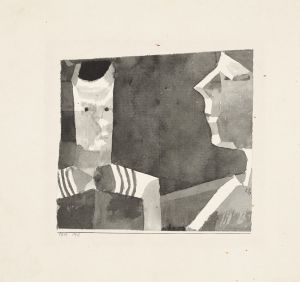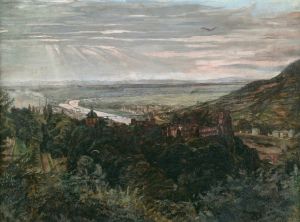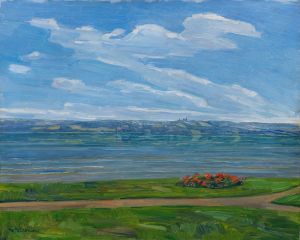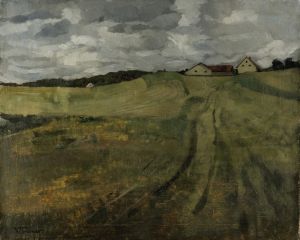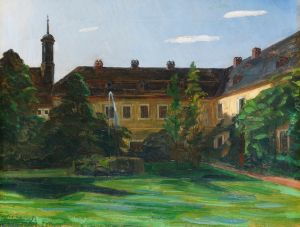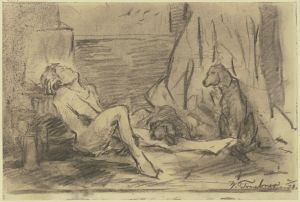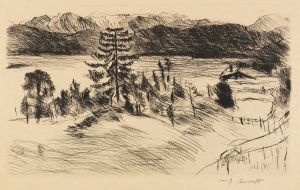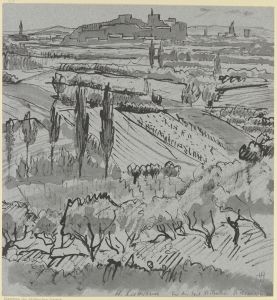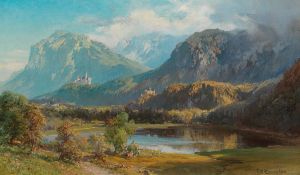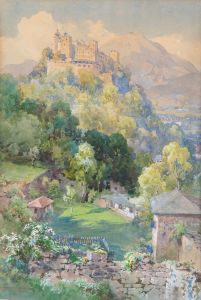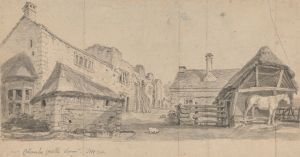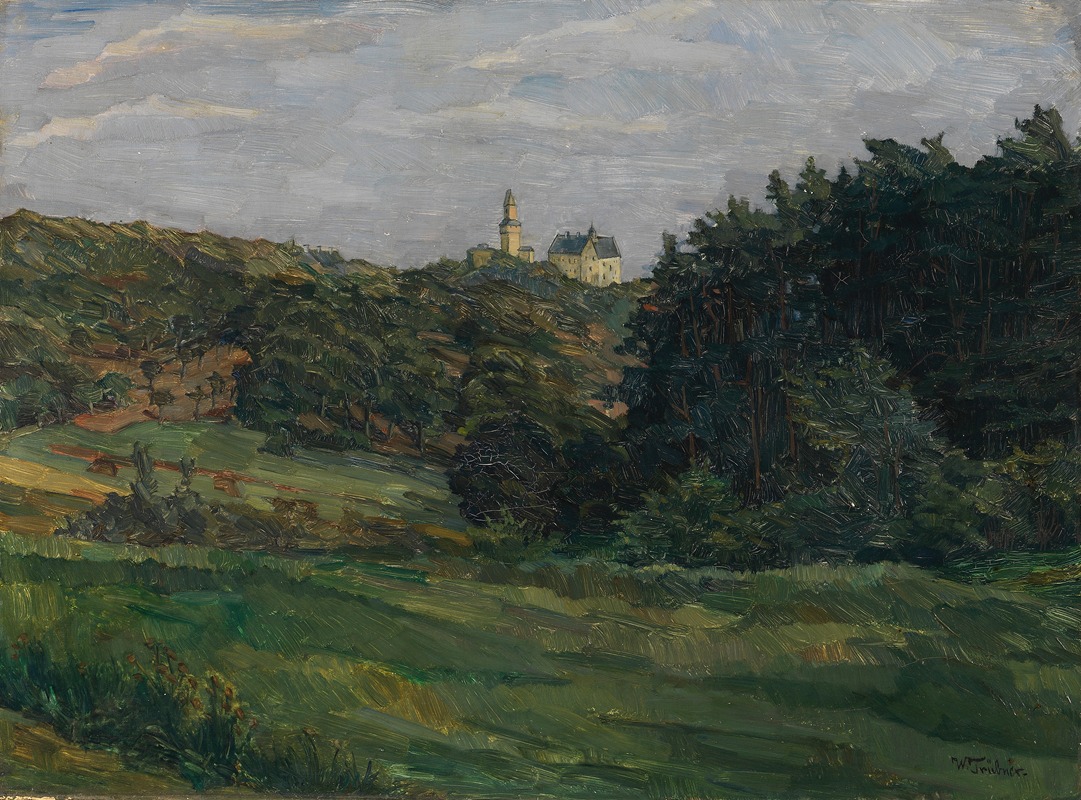
Burg Kronberg im Taunus
A hand-painted replica of Wilhelm Trübner’s masterpiece Burg Kronberg im Taunus, meticulously crafted by professional artists to capture the true essence of the original. Each piece is created with museum-quality canvas and rare mineral pigments, carefully painted by experienced artists with delicate brushstrokes and rich, layered colors to perfectly recreate the texture of the original artwork. Unlike machine-printed reproductions, this hand-painted version brings the painting to life, infused with the artist’s emotions and skill in every stroke. Whether for personal collection or home decoration, it instantly elevates the artistic atmosphere of any space.
Wilhelm Trübner (1851–1917) was a German realist painter associated with the circle of artists influenced by the Munich School and the broader European realist movement of the 19th century. His works often reflect a meticulous attention to detail and a focus on capturing the essence of his subjects with a naturalistic approach. One of his notable paintings is Burg Kronberg im Taunus (Castle Kronberg in the Taunus), which depicts the historic Kronberg Castle located in the Taunus mountain range near Frankfurt, Germany.
The painting showcases Trübner's skill in landscape and architectural representation, emphasizing the interplay of light and shadow to bring out the texture and structure of the castle. Kronberg Castle, a medieval fortress with origins dating back to the 12th century, serves as the focal point of the composition. The castle is historically significant as it was associated with the noble family of Kronberg and later became a cultural landmark in the region. Trübner's depiction captures the castle in its serene, natural surroundings, highlighting the harmony between the man-made structure and the rolling hills of the Taunus.
Trübner's artistic style in this work reflects his realist tendencies, with a clear and precise rendering of the castle and its environment. The painting avoids romanticized embellishments, instead presenting the scene with a grounded and authentic perspective. This approach aligns with the broader realist movement of the time, which sought to depict subjects truthfully and without idealization.
The exact date of the painting is not definitively documented, but it is consistent with Trübner's mature period, during which he focused on landscapes and scenes that combined natural and architectural elements. Burg Kronberg im Taunus is an example of Trübner's ability to balance technical precision with an evocative sense of place, making it a valuable contribution to the genre of landscape painting in 19th-century German art.
Today, Wilhelm Trübner is recognized as an important figure in German realism, and his works are held in various public and private collections. While specific details about the current location of Burg Kronberg im Taunus are not readily available, Trübner's oeuvre continues to be studied and appreciated for its contribution to the realist tradition in European art.





